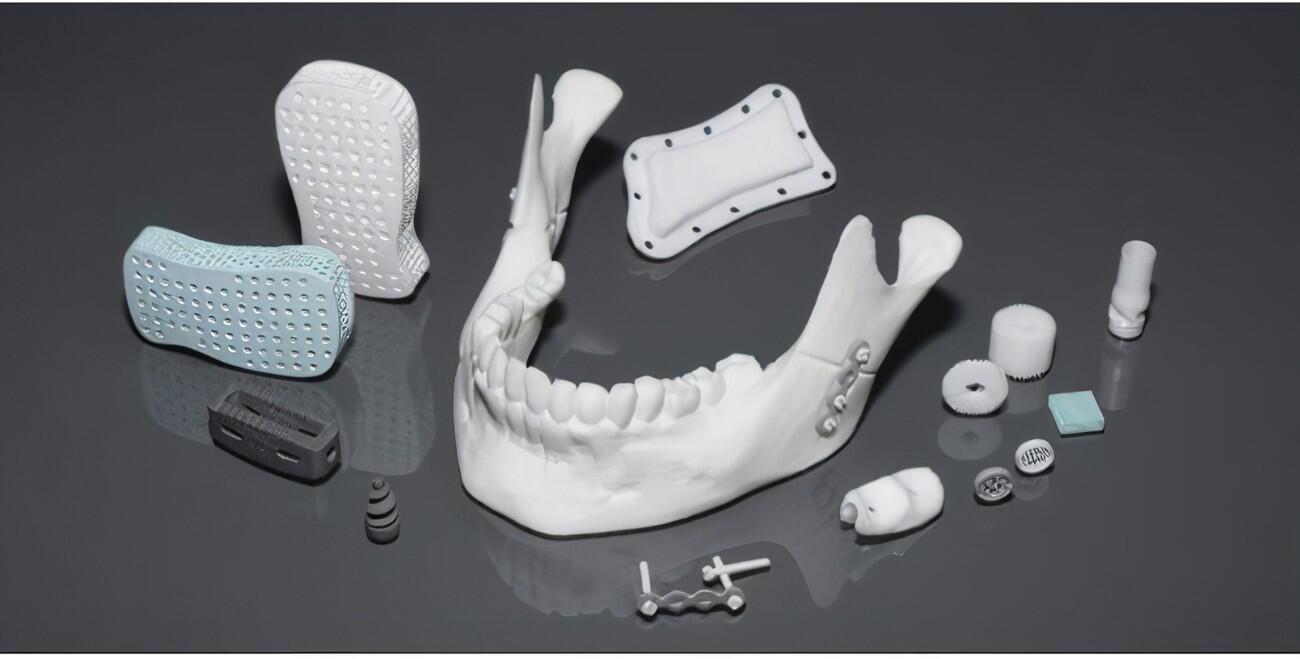BETTER TOUCH BETTER BUSINESS
Contact Sales at Lori.
In recent years, technological innovations in the medical field have garnered widespread attention. Among them, the emergence of medical 3D printing technology has sparked revolutionary changes in the healthcare industry. By integrating digital design with 3D printing technology, medical 3D printing has brought significant technological advancements and opportunities to traditional medical practices, offering new solutions in medical equipment manufacturing, medical education, clinical practice, and beyond.
Medical 3D printing technology has a wide range of applications. Firstly, it plays a crucial role in the manufacturing of medical equipment. Traditional medical device production is characterized by long cycles and high costs, whereas 3D printing enables the rapid manufacturing of customized medical instruments tailored to individual patient needs. Whether it's prosthetics, dental implants, or artificial joints, medical 3D printing technology enhances treatment outcomes and improves quality of life for patients.
Secondly, medical 3D printing technology holds tremendous potential in medical education. Traditional medical education relies heavily on anatomical and physical models, which are costly and difficult to obtain. Through 3D printing technology, medical models can be manufactured quickly and cost-effectively, providing medical students with more realistic, three-dimensional images and models to better understand and master medical knowledge.
Additionally, medical 3D printing technology plays a crucial role in clinical practice. Physicians can use 3D printing to precisely plan surgeries based on specific patient conditions, thereby reducing surgical time and risks. Furthermore, medical 3D printing technology provides clearer anatomical structures, enhances surgical success rates, and reduces postoperative complications. In complex surgeries, medical 3D printing technology is indispensable.
However, despite its immense potential, medical 3D printing technology faces several challenges. Firstly, the high cost of medical 3D printing equipment limits its widespread adoption. Secondly, rapid advancements in medical 3D printing technology have outpaced regulatory frameworks, posing challenges to its application and dissemination. Additionally, as 3D printing technology becomes more prevalent, protecting intellectual property rights becomes an urgent issue. Balancing technological development with intellectual property protection is a critical issue.
Despite these challenges, the future of medical 3D printing technology remains promising. As technology continues to advance, the cost of medical 3D printing equipment will decrease, promoting its broader adoption. Moreover, improvements in regulatory frameworks will enhance the application and dissemination of medical 3D printing technology. Looking ahead, medical 3D printing technology holds the potential to bring more innovations and advancements to the medical field, providing better healthcare services for patients.
In conclusion, as a revolutionary innovation, medical 3D printing technology is leading the healthcare industry towards digitalization and personalization. By applying it in medical equipment manufacturing, medical education, and clinical practice, medical 3D printing technology offers higher-quality healthcare services to patients. Despite facing challenges, the future of medical 3D printing technology is bright, and its further development will bring more innovations and progress to the medical field.
Lori has advanced 3D printing equipment and can provide professional 3D printing services for you. Feel free to contact us if needed!

Copyright © 2025 Shenzhen Lori Technology Co.Ltd. | All Rights Reserved.